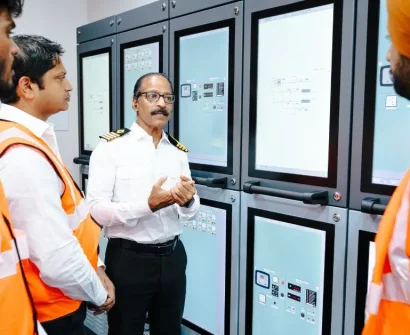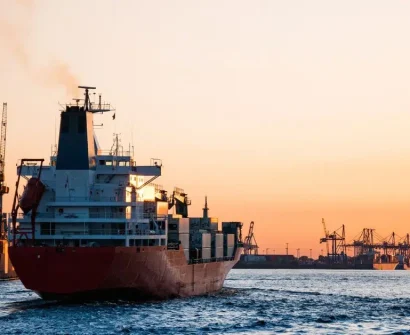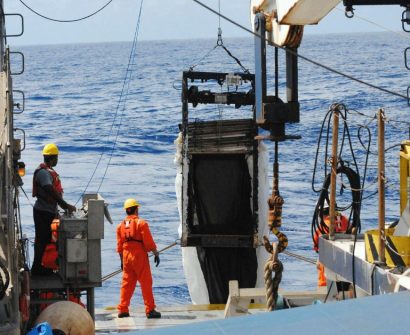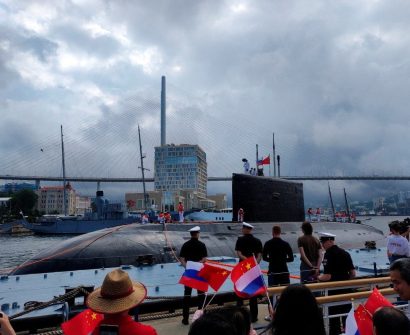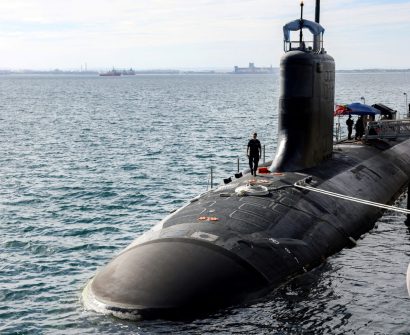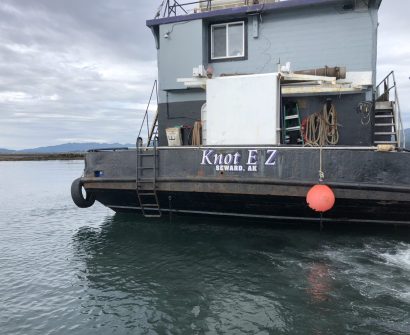When the Air Cleared — Container Emissions Drop Amid Red Sea Rerouting
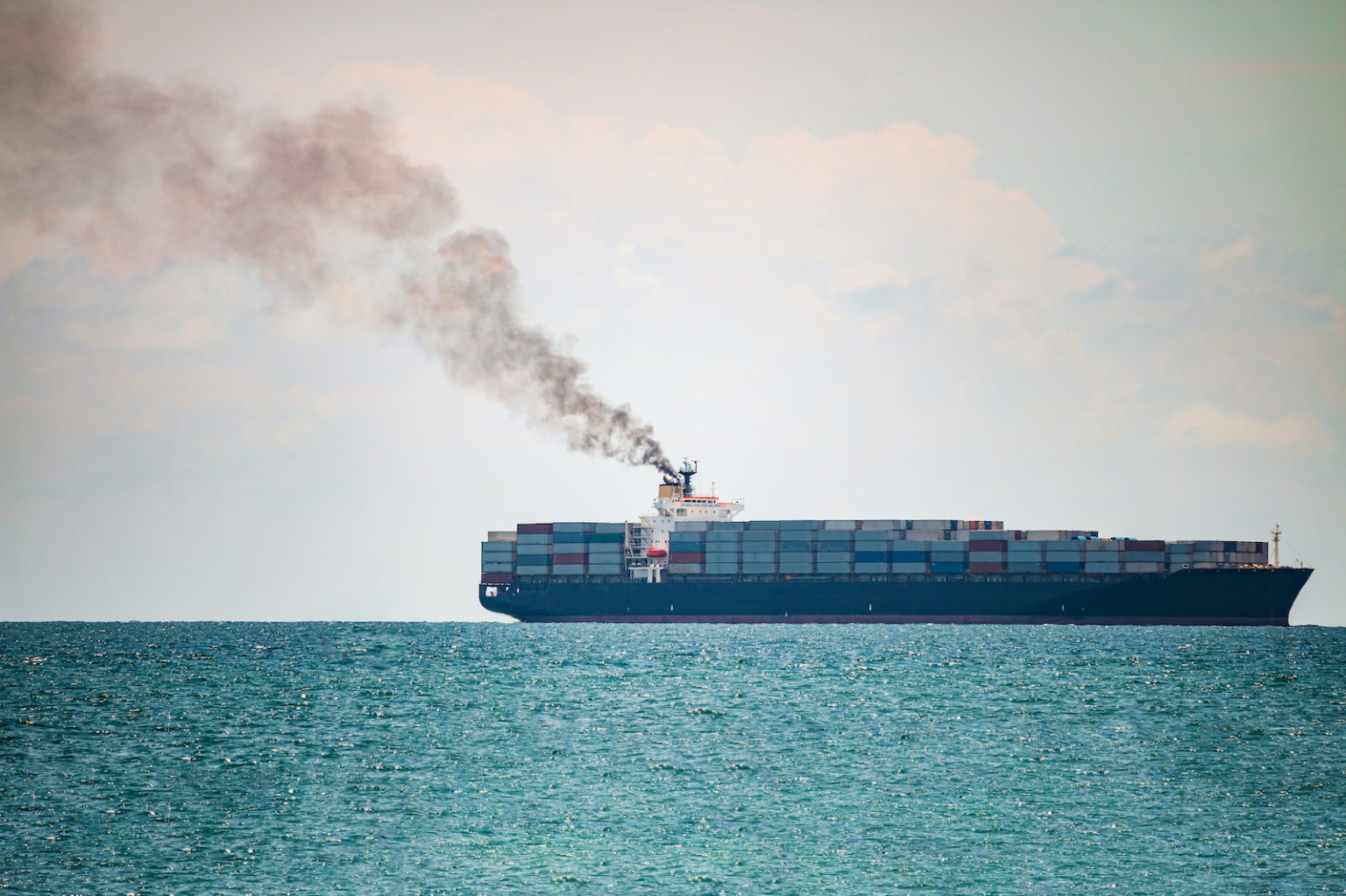
A hard-won improvement in container shipping’s carbon footprint emerged in Q2 2025
For the first time in a year, global container shipping has seen a measurable improvement in carbon emissions. According to new data from Xeneta and Marine Benchmark, the Carbon Emissions Index (CEI) dropped to 97.4 points in Q2 2025 — down 4.5% from the previous quarter.
This comes despite the ongoing crisis in the Red Sea, which has forced many vessels to take the longer route around the Cape of Good Hope, avoiding the more direct Suez Canal.
While the industry continues to face geopolitical uncertainty, these emission gains offer a moment of relief — and a chance to reassess what’s working.
What Happened — In 3 Key Points
Emissions Improved Amid Crisis: The CEI dropped to 97.4 in Q2 2025, the best performance in a year.
Cape of Good Hope Still Dominates: Despite longer voyages due to the Red Sea crisis, emissions improved 7% from Q4 2024 highs.
Top Performers Identified: CMA CGM and HMM led emissions performance across key routes, with U.S.-bound trades showing strongest results.
📉 The Carbon Numbers — What Changed in Q2
The CEI measures carbon emissions across the 13 largest container trade routes, using Q1 2018 as a baseline. Readings above 100 indicate worse emissions than that benchmark. Q2 2025’s drop to 97.4 is the first time emissions have improved since the regional conflict escalated in late 2023.
Despite longer routes, the industry has made gains — largely due to lower average vessel speeds, route optimization, and deployment of larger, more efficient ships.
Larger Patterns Emerging
What makes this trend especially notable is that the most efficient routes — like Far East to U.S. West Coast — are those unaffected by the Suez detours. These have maintained CEI scores below 80 for 10 consecutive quarters.
But not all trade lanes saw improvements. The North Europe to U.S. East Coast route, for instance, recorded a 10.9% emissions increase due to higher vessel speeds — as ships raced to beat new U.S. trade tariff deadlines.
Carrier choice continues to matter. The report highlights that emissions-conscious shippers can still make informed procurement decisions, even under pressure.
🌍 The Wake Left Behind
This isn’t just a win — it’s a warning.
Even in crisis, efficiency is possible. But it’s fragile.
Sailing faster to meet deadlines can undo months of gains. Emissions decisions must be made deliberately, not reactively.
With decarbonization under global scrutiny, every voyage matters.
👨✈️ Captain AI’s POV
I’ve seen how quick decisions — on speed, route, fuel — can make or break emissions targets.
This proves that efficiency isn’t always about shortcuts. It’s about discipline.
The Red Sea crisis tested our resilience, but also revealed our potential.
Let’s hold on to the lessons — not just the data.
Because climate compliance isn’t coming — it’s already here.

